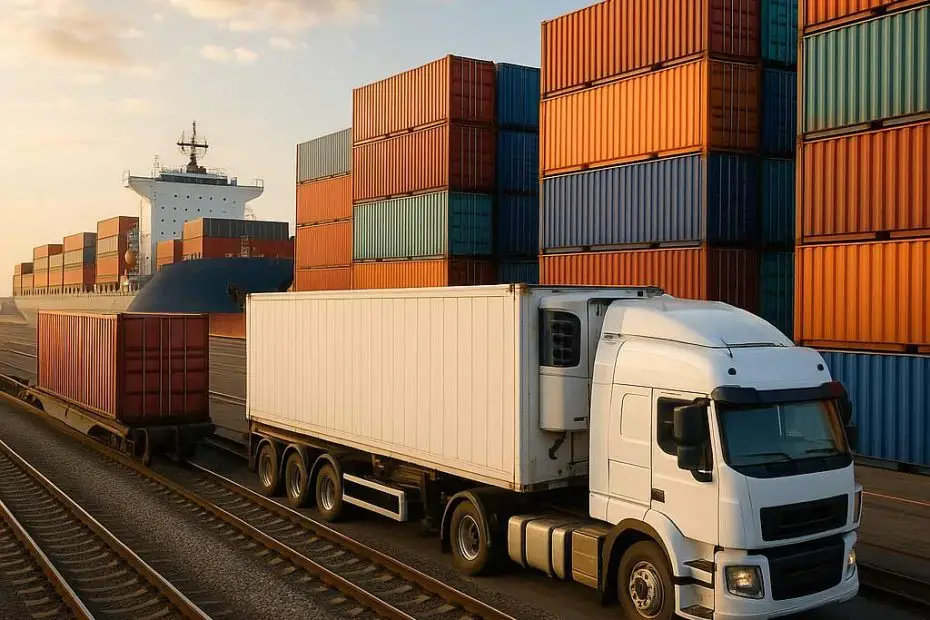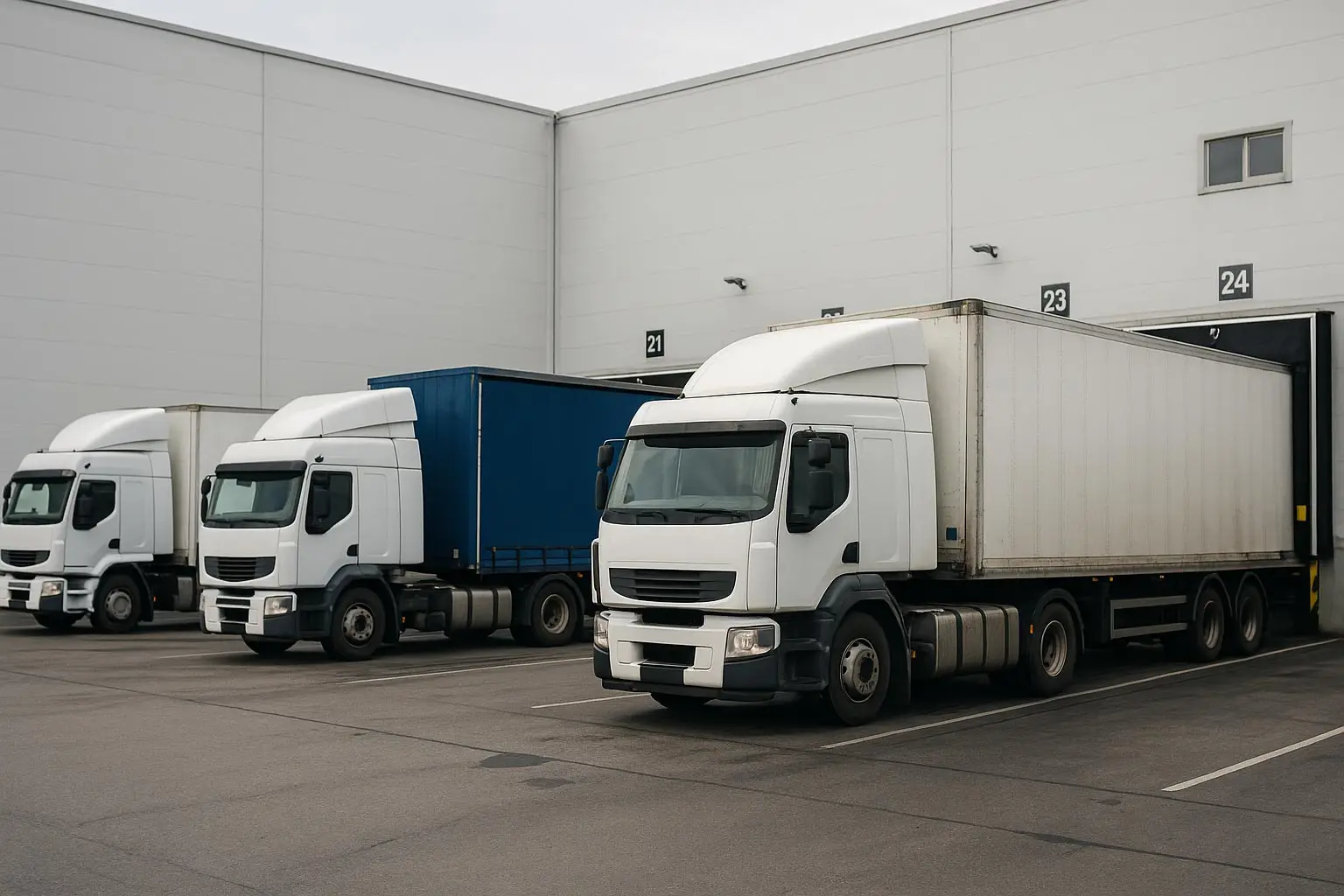Modern food supply chains rely on speed, precision, and coordination to ensure products arrive fresh and on time. As the demand for global food distribution grows and consumer expectations tighten, logistics providers are turning to intermodal transport to meet the challenge. By blending multiple modes of transportation—road, rail, sea, and even air—intermodal solutions are helping streamline operations from farm to fridge.
At the heart of this shift is the need for efficiency. Moving perishable goods over long distances has always required careful planning, but today’s scale is unprecedented. Road transport remains essential for first and last-mile delivery, especially for accessing farms or delivering to retailers. However, integrating rail and sea legs for the long-haul portions of the journey can significantly reduce costs and environmental impact, while improving reliability.
Rail, in particular, is seeing renewed focus. It offers temperature-controlled freight options and avoids many of the congestion and driver shortage issues facing road transport. Combined with ports that can handle reefer containers—refrigerated shipping containers—producers can now move fresh goods internationally with consistent cold chain protection.
Technology plays a key role in making intermodal transitions seamless. GPS tracking, IoT sensors, and logistics management platforms allow food shipments to be monitored across all stages of transport. This visibility ensures early detection of delays, temperature fluctuations, or handling issues—critical for maintaining food safety and shelf life.
Australia’s geography adds another layer of complexity, but also opportunity. Major agricultural regions are often remote, making road-to-rail transfer hubs essential. The development of inland rail infrastructure could help unlock new efficiencies and lower costs for producers, exporters, and domestic supply chains alike.
Ultimately, intermodal transport isn’t about replacing trucks—it’s about using the right tool for each stage of the journey. When done right, it reduces spoilage, shortens lead times, and supports a more resilient and sustainable food logistics system. And for consumers, it means greater access to fresh, high-quality products year-round.



